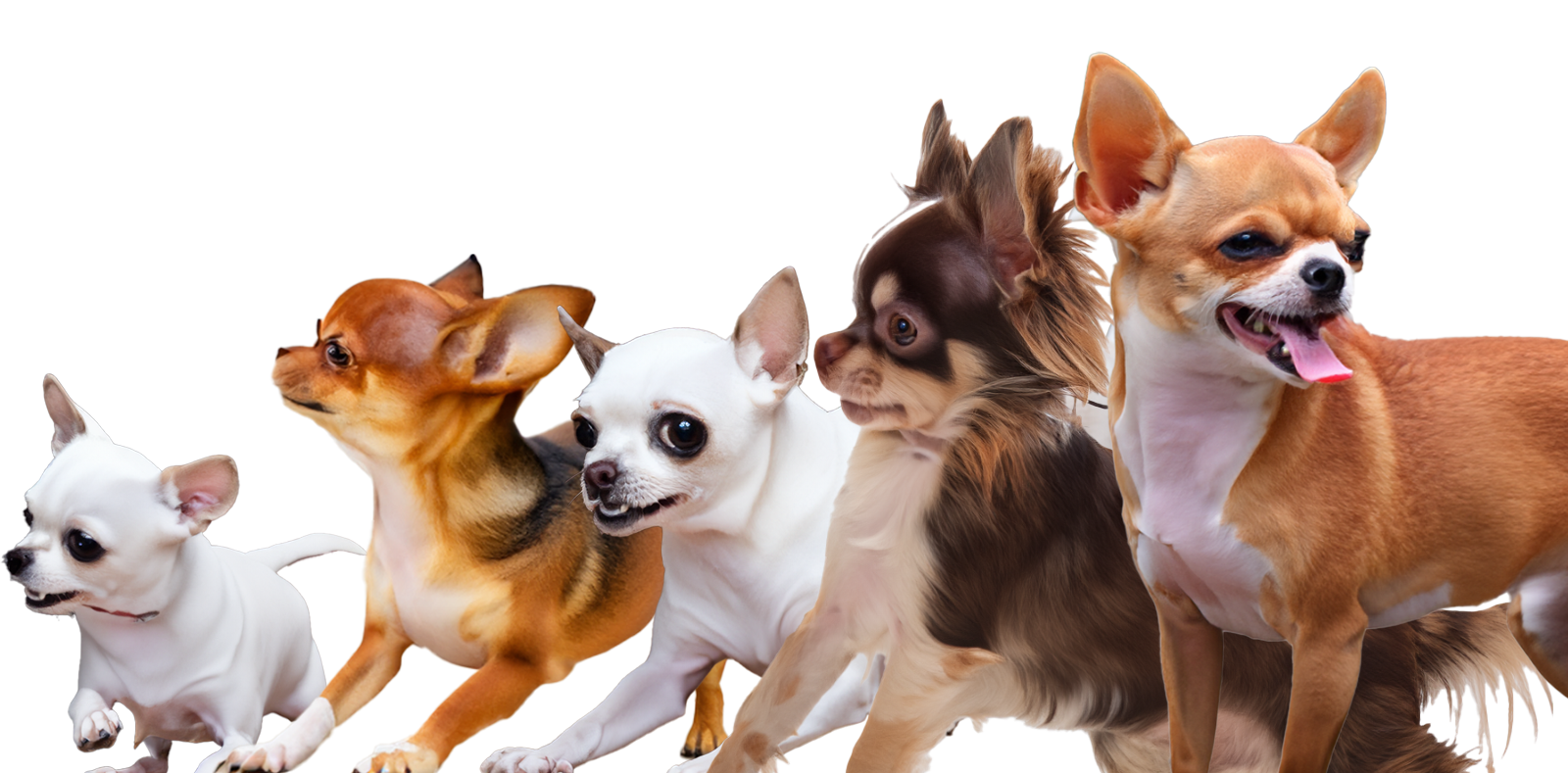


Animal Care
Leopard Gecko Housing Requirements
Lizard Housing Requirements
Most all reptiles require a variation of the same basic components to be healthy; Appropriately Sized Enclosure, UVB Lighting, Timer, Overhead or Underneath Heating, Thermostatic Controller, Substrate, Hide, and a Water Source. It is important to size these components appropriately to each other as well.
A small 13 watt compact fluorescent UVB light may work well on a 20 gallon terrarium where it is 6 inches from the reptile but the same light would not work at all on a 40 gallon terrarium where it is 13 inches from the reptile as the UVB will not reach. Conversely, a large 18"x18" under tank heater may work great on 40 gallon terrarium on the hot side but would cover the entire bottom of a 20 gallon terrarium providing no room for a cold side at all.
When planning your enclosure, you should take into account not just the current size of your reptile but more importantly the adult size of your reptile or you may end up buying the entire setup twice or even more times as they grow in order to keep them healthy.
Below is a diagram covering the basic minimum components of your reptiles enclosure. We have provided links at the bottom of this page to help you locate and purchase these items often at a much lower price than what you might find at your local pet store.
Basic Recommendations
Leopard Gecko:Enclosure - Optimally you are going to want a 30-40 gallon front opening terrarium. This allows you easy access to the animal without having to touch or move hot light housings. Most reptiles prefer to be approached from in front of rather than above as well.
Lighting - You are going to want strong UVB lighting but not necessarily strong UVA lighting. What that means is you need a light that can reach UVB all the way to the bottom of the terrarium but not necessarily one that is exceptionally bright. Many bright bulbs also emit UVC which can be harmful to the geckos eyes.
Heating - Ceramic Heat Emitters are a great wat to provide day/night heat without the light that a basking bulb generates
Themostat - Do not ever place an heating with your reptile without it being controlled by a thermostat or you risk baking or burning your pet.
Timer - Having a consistent light cycle actually benefits your reptiles health both by ensuring a consistent 12hr UVB period and a consistent 12hr rest period.
Substrate - Context is everything when it comes to reptiles and this couldn’t be truer than when it comes to substrates. While leopard geckos live in the desert, it’s not the desert you may be thinking of. Instead of vast expanses of sand dunes and empty land, they are most often found in grassy areas where there may be seasonal water or green brush. While it is a noble idea to try and replicate a leopard gecko’s natural substrate of rock, grasses, clay, gravel and sand, it comes at the cost of habitat cleanliness especially where fecal matter and urate is concerned as their waste can easily saturate and contaminate these substrates. The context that is missing is habitat size. In the wild, leopard geckos have a range of many miles so
their fecal and urate is spread out over a large distance, they rarely come
back into contact with it and so it does not pose a threat to their health. In
captivity, a 40-50 gallon enclosure may provide less than 4 square feet of
habitat which results in your leopard gecko coming in constant contact with their
waste which can be detrimental to their long term health. This would mean replacing
all their natural substrate every week which is not cost effective, but rather
completely unrealistic. As responsible keepers we need to compromise their natural substrate with a habitat that we can clean and sanitize regularly.
Hide- We are flexible when it comes to the hide as long as it is safe for the lizard and large enough for them to hide inside completely. Be careful when using fish decorations as hides as they may have sharp edges or passages the lizard can get up and into where they can get stuck.
Water Bowl- We are flexible when it comes to the water bowl as long as it is safe and large enough for your lizard to soak in but shallow enough they cant drown.
|